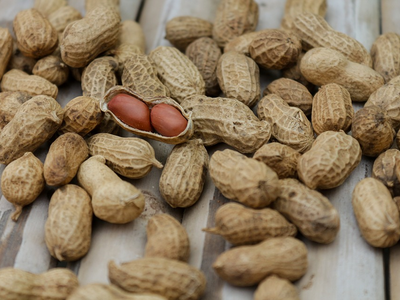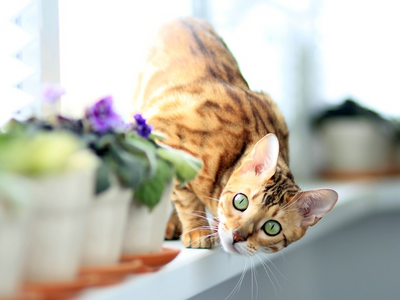22.09.2022
How to look after a kitten—learn all in one place!
Caring for a new kitten is a lot of work because their needs change weekly. To learn how to look after a kitten properly, start with assessing their growth stage, as it will help you determine the appropriate meal plan, care requirements, and socialisation needs.
This exhaustive kitten care guide offers handy advice on caring for your kitten from infancy to early adulthood. We’ll talk about:
- Stage-specific kitten nutrition
- Emotional care and socialisation training
- Potential health risks
Growth stages of a kitten—the information sheet
You can roughly split the period from kittenhood to adulthood into three stages. Check them out in the table below:
|
Growth stage |
Age |
Key information about the kitten |
|
Infancy |
0 to 8 weeks |
|
|
Peak kittenhood |
8 weeks to 3 months |
|
|
Adolescence |
3 months to a year |
|
If properly raised, your kitten will grow up well-behaved and free of unhealthy eating habits. Let’s explore your parenting duties at each stage.

Caring starts with collecting info on kitty parenting—you’re already doing a great job, hooman! Thank you :)
Source: Tran Mau Tri Tam ✪
Tips on taking care of a kitten during infancy
Most cat parents don’t have to care for infantile kittens as breeders or shelter managers allow adoption only after the kitten has been weaned. If you’ve rescued a stray newborn kitten or your adult cat gave birth to a litter, you must care for them till they’re ready for their new homes. Your responsibilities would be to:
- Get your kitten(s) acquainted with the basics
- Help them start on solids
Training a newborn kitten and other essentials
Kittens need life support during early infancy, so they have to stay with their mother. They depend on her for everything, including food, warmth, and stimulation of bowel movements. In case your kitty is motherless, you have to:
- Keep them warm using towels or heating pads
- Provide appropriate nutrition in the form of KMR or formula
- Stimulate excretion by gently massaging their genital region in a circular motion
When your kitten takes their first wobbly steps at 3–4 weeks, they’ll need:
- Litter training—Litter-train your kitten by placing them in the tray whenever they’re about to go. If you’re not sure when that is, take them to the tray:
- Early in the morning
- After every meal
- Before you go to bed
- A cosy bed—Kittens accept a new bed quickly and sleep better when they feel safe in it. Place your kitty’s bed in a quiet, warm corner of the house, where they won’t be bothered by kids or other pets
- Chewing toys—Soft chewing toys are mentally stimulating and help alleviate the discomfort kittens experience while teething
Feeding a newborn kitten
Kittens should have their mother’s milk or kitten formula till they’re about 3 weeks old, roughly around the time they start teething and becoming more alert. Once your kitten is ready for solids, introduce them to any of the following:
- Wet food—It’s best to introduce your kitten to a light, whole-meat wet food as it is compatible with their carnivore metabolism
- Dry food—Kitty biscuits are processed and nutritionally suboptimal to wet food but also cheaper. You can use dry food to wean your kitten as long as you moisten them with formula or water before feeding (biscuits are a choking hazard for kittens)
Feed your kitten small portions (10–14 grams) four to six times a day, depending on their size. By eight weeks, your kitten should be completely off milk.

Caring for tiny kittens may seem scary. Talk to a vet or reach out to a shelter for help.
Source: Andriyko Podilnyk
Looking after a kitten from 8 weeks to 3 months
Most people adopt kittens during this developmental stage, also called peak kittenhood. It includes three primary parental duties:
- Setting up a meal plan—Kittens grow rapidly between eight weeks to three months, so their daily meals should keep up with their development needs and natural spunk and vigour
- General training, socialisation, and grooming—This is the best period for training because their cognitive intelligence has developed tremendously
- Kitty-proofing your home—Your feline is a curious explorer, so you should ensure they don’t stumble upon anything harmful around the house

I think I have a stalker situation, hooman. Are they saying hello or sniffing their next meal?
Source: Danae Callister
What food does a kitten need between 8 weeks and 3 months?
Kittens need a high-calorie diet to support their muscular and skeletal development and a highly active lifestyle. Most manufacturers use excess carbs to meet a kitty’s caloric needs, but that is not ideal.
Your kitten’s primary energy source should be animal protein, so go for high-protein and grain-free products. The optimal nutrient ratio is:
- More than 50% animal protein
- Up to 20% fat
- Not more than 3% carbs
You can combine wet and dry food, but avoid feeding only dry food to your kitten. This is the period when your kitty develops their taste preferences. Eating only biscuits can lead to addiction and make them reject wet food later. Keep in mind that cats who eat strictly dry food are at a higher risk of suffering from diabetes, obesity, and kidney disease.
Besides selecting the right type of food, you should also make a suitable feeding schedule for your kitty. Growing kittens need about 250–360 calories per day, depending on their weight. Since their tummies are tiny, keep the portions small but frequent.
Training, socialisation, and grooming—how to treat a kitten at this stage
Kitties are enthusiastic learners at this stage, so it’s easy to train, socialise, and groom them. Refer to the following table to learn more:
|
Aspect |
Tips |
|
Training |
Train your kitten to:
Kitties respond to pats, kind words, and treats. Be patient and never punish them—it’s cruel and can induce unhealthy behavioural patterns |
|
Socialising |
To socialise your kitten, make them comfortable with your touch and scent. Here’s how to pet a kitten:
Once you’re sure your kitty won’t bite or attack, you can introduce them to your pets and other members of the family |
|
Grooming |
If your kitten is fine with your touch, grooming them should be fairly simple. Let them lie down and relax as you gently brush their coat. Praise them or use treats to help them create a positive association with the session. Cleaning your kitten’s teeth, ears, and eyes should also be incorporated into the grooming sessions |
If you get a kitten at this stage, give them space for a week or two to build emotional security in their new home before you begin training or socialisation.

Still processing—Are these two leggers hostile or docile? It’s hard to tell when they’re invasive and comforting at the same time.
Source: little plant
How to kitty-proof your living space
Here’s how to make any indoor place safe for your curious kitty:
- Tie up blind strings as they’re a strangling hazard
- Cover up electric cords (cats like to chew on them)
- Keep drawers and cabinets closed
- Hide poisonous items like:
- Mothballs
- Meds
- Essential oils
- Alcohol and acid cleaners
- Toxic human food, such as grapes and onions
- Move toxic houseplants out of your kitty’s reach
- Keep sharp objects locked away
Many cat parents restrict their kitten’s movements to a playroom equipped with food, water, and toys to keep them safe during this vulnerable period.
How to care for a kitten adolescent—taming the teen tantrums
The moment when adolescence hits varies for different breeds, but you can recognise this life stage by:
- A slower growth rate—Kittens keep growing, but at a slower rate till they reach their adult weight
- Lower energy levels—Their activity levels wouldn’t be as intense as in early kittenhood, dipping further once they’re sterilised
- Demanding behaviour—Due to their growing confidence, most kittens tend to demonstrate demanding and impulsive behaviour like trying to explore outdoors, picking up fights with other cats, or being less tolerant of grooming

Hail adolescence—Get used to the sass, helicopter hooman. I’ll go where I want, and you’re not the boss of me.
Source: Jonathan Cooper
Feeding schedule for young adults
Your kitten needs fewer calories at this stage for their current growth rate and energy levels. Feed your kitten about 40–50 calories per kilo of their bodyweight, which should amount to 180–250 calories for average-sized kitties, distributed between two to three meals a day. You can use the same feeding schedule for adulthood, tweaked to match your cat’s weight and activity levels.
Ideally, your kitten should have wet food every day as it contains fewer calories than dry food. Kibble can also bring about unhealthy habits like overeating and eating too fast, so use it as an occasional snack.
Fine-tuning the behaviour of adolescent kittens
Not all adolescent kittens are tyrants, but like their human counterparts, they can rebel because of their desire to dominate and develop their identity. It’s a subjective trait, and laid-back breeds like Russian Blues and Ragdolls may never act up!
Here are some tips on raising a kitten who’s turning into a troublemaker:
- Engage them—If you can’t win them, tire them out! Let them play with mentally and physically stimulating toys like treat maze, catnip mice, and cat towers
- Follow a routine—Cats on a fixed meal, snacking, grooming, and playtime schedule tend to adopt a disciplined lifestyle
- Reward obedience—There’s no shame in bribing your kitten into behaving. If the bribe-snacking happens a lot, use low-calorie treats like a bite-sized chicken or turkey
- Be patient—Adolescence doesn’t last forever, so hang in there. In time, your kitty will calm down and embrace a balanced adult lifestyle
Kitten care—potential health risks
With an appropriate diet, grooming routine, and a hygienic living environment, most kittens experience minimal sick days growing up. Still, they need regular vet visits to get their mandatory vaccines and deworming meds. You should get your kitten spayed or neutered before they’re 6 months old to prevent unwelcome kitten pregnancies.
Cat parents should also keep an eye out for the following health issues in kittens:
- Fleas—Flea infestation is common in kittens who play outside and aren’t groomed every week. Symptoms include excessive scratching and hair loss
- Upper respiratory tract infection (URI)—Kittens easily catch URIs because of their weak immune systems, but the condition can be treated with antibiotics. Affected kitties display flu-like symptoms (sneezing, nausea, etc.)
- Gastrointestinal issues—Common gastrointestinal problems in kittens include vomiting, regurgitation, diarrhoea, and constipation. They are usually caused by inadequate ingredients in cat food like corn, bone meals, harsh preservatives, and chemical colourants
- Bladder stones—Kittens who don’t drink enough water develop painful bladder stones due to prolonged dehydration
- Stunted growth—If your kitten appears malnourished or underweight, they could be facing nutritional deficiencies. Many developmental abnormalities come from a lack of taurine in cat food. The micronutrient is only found in meat, so products with cheap vegan proteins and fillers can lead to sluggish growth
If your kitty is often sick, lethargic, or doesn’t eat much, you should:
- Get them medically evaluated
- Reconsider their current cat food

Kittenhood is smooth sailing when you bring whole meat into the equation.
Image (c) Untamed
Give your kitten the best start in life with Untamed wet food
Don’t risk your kitten’s health by giving them subpar food filled with useless fillers. Let them go Untamed!
Our vet-formulated gravies and jellies have more than 60% human-grade whole meat and contain all essential amino acids, vitamins, and minerals in the optimal ratio. Untamed is ideal for kitten maintenance because of:
- High-protein formulas—Untamed uses exclusively animal protein and not fillers like meat derivatives, plant proteins, grains, dairy, and sugar. Our formulas help weaned kittens:
- Reach developmental markers on time
- Strengthen their immune function
- Make the meat tender and easily digestible—no kitten diarrhoea or vomiting, even in toothless kittens
- Retain the nutritional value of the ingredients
If you’re dealing with a weaned-off kitten, start with our single-protein-source meals:
- Chocka Chicken in Jelly—made with hand-shredded chicken breast and taurine-rich liver
- Tuck-in Tuna in Jelly—contains dolphin-safe tuna in a light fish broth
Once your kitten grows up, introduce them to our yummy delicacies made with duck, salmon, ham, shrimp, sardines, and mackerel. Take our TRY NOW quiz to tailor a meal plan suitable for your kitten and order a customised Untamed taster pack.

Kitties can be terrified in new environments. Use our delicious meals to help them feel at home.
Image (c) Untamed
Untamed—making kittenhood easier!
Untamed meals respect the feline metabolism and work for felines at every life stage. You don’t have to worry about transitioning to a different adult or senior cat food. Use Untamed to:
- Regulate weight and energy levels in adult cats
- Prevent common feline health conditions, such as:
- Diabetes mellitus
- IBS
- Arthritis
- UTIs
- Maintain your cat’s healthy appetite, gastrointestinal health, and weight during golden years
Many clients have noticed significant improvements in their kitty’s well-being after choosing our healthy cat food subscription. Here’s how cats react to Untamed:
|
Rough timeline |
Health benefits |
|
About a week |
|
|
Two to three months |
|
|
Over six months |
|

From playful kittens to wisecracking adults—Untamed kitties live every life stage to the fullest!
Image (c) Untamed
Take the first step with the Untamed taster pack!
Whether you have a weaning kitten or a feisty adolescent, treat them to the Untamed taster pack. It offers an assortment of yummy meals that should last for 7–10 days.
Here’s how to get our premium cat food online with free shipping:
- Visit our TRY NOW page
- Tell us about your kitten
- Select the meals and place your order
We deliver the goods in a day. Choose our subscription plan if you want hassle-free monthly supplies of your kitty’s favourite meals. Use your online account to:
- Modify your order
- Postpone, freeze, or cancel a delivery
Untamed follows the ethical standards of cat food production by:
- Running a carbon-footprint-neutral business
- Using 100% recyclable packaging
- Opting for cruelty-free meat and fish from sustainable suppliers

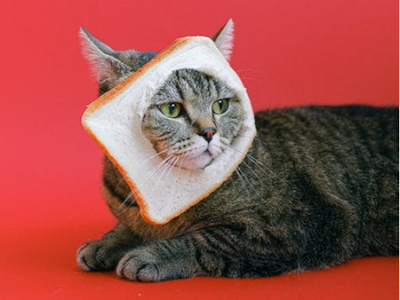
![Associated image for Best food for Ragdoll cats in the UK [Broken Down]](http://untamed.com/cdn/shop/articles/featured_best_food_for_ragdoll_cats_uk_400x300_crop_center.jpg?v=1646818249)
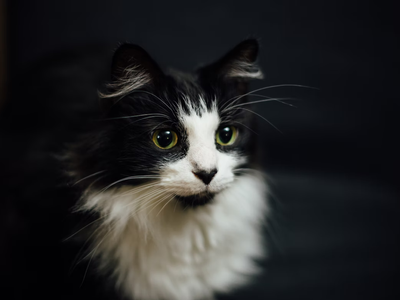
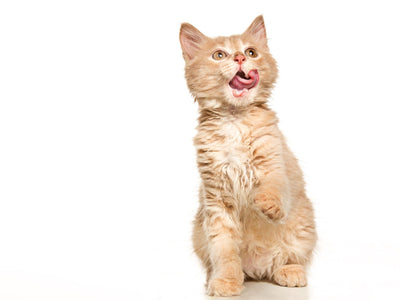
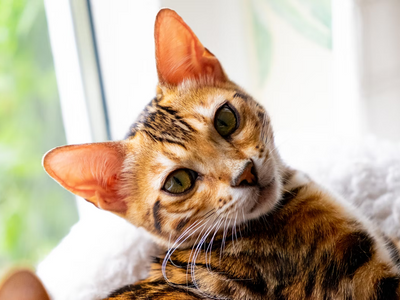
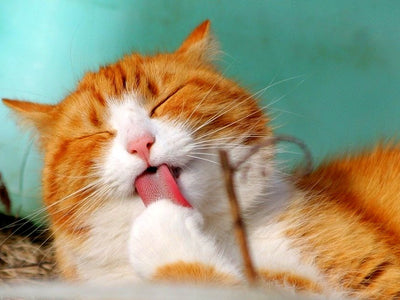
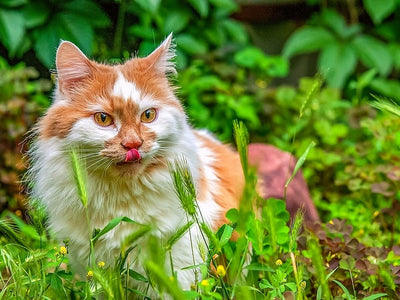
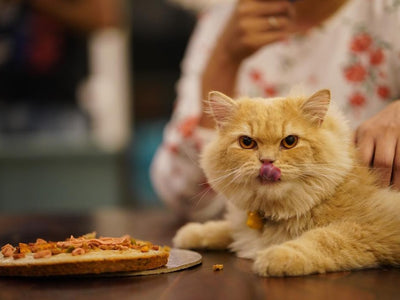
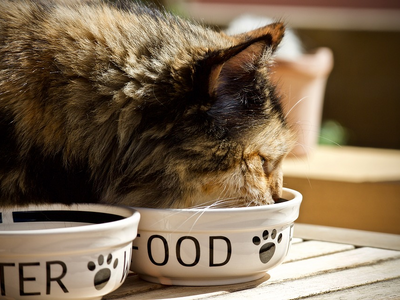
![Associated image for What human food can Sphynx cats eat? [Comprehensive list]](http://untamed.com/cdn/shop/articles/what_human_food_can_sphynx_cats_eat_Featured_400x300_crop_center.jpg?v=1648705074)
